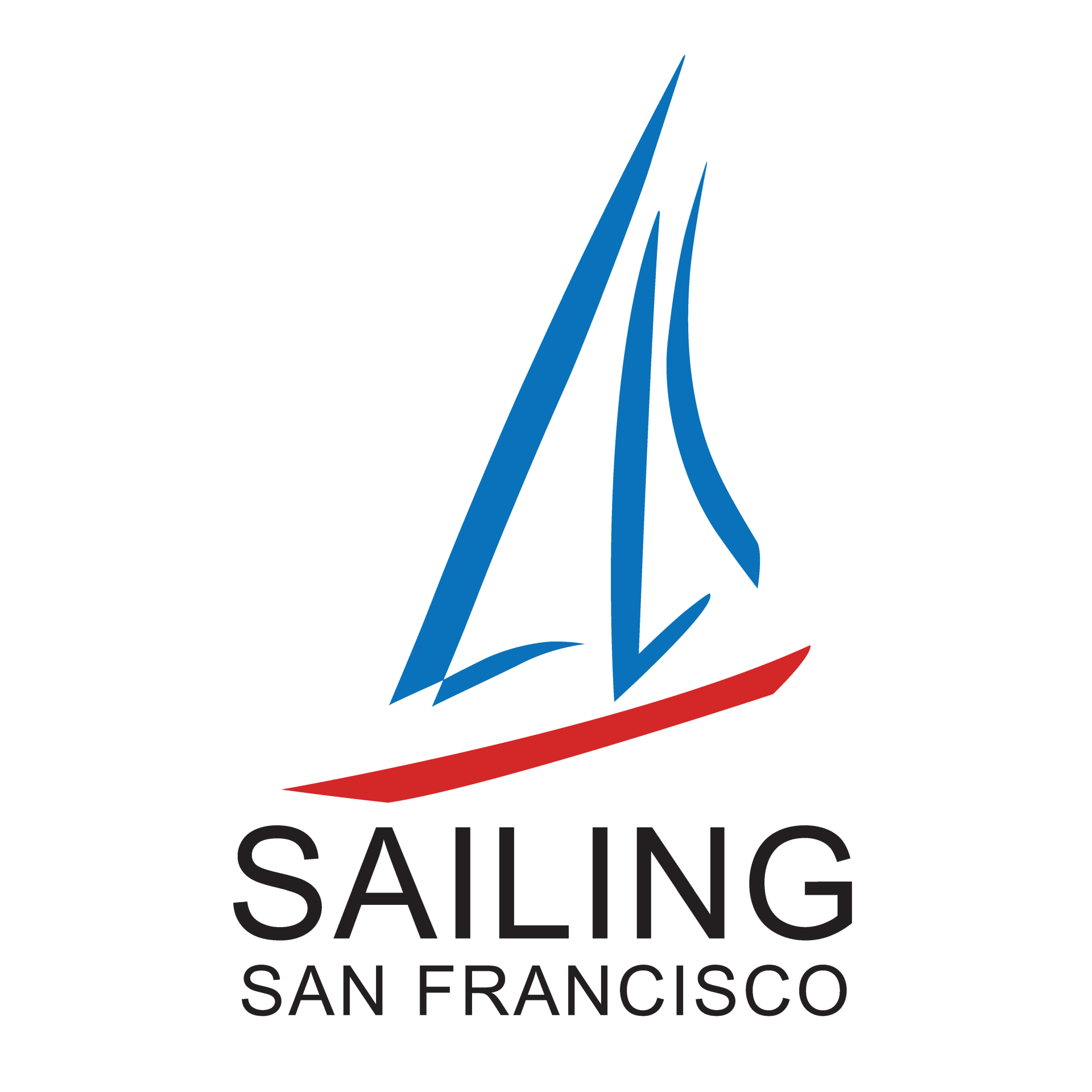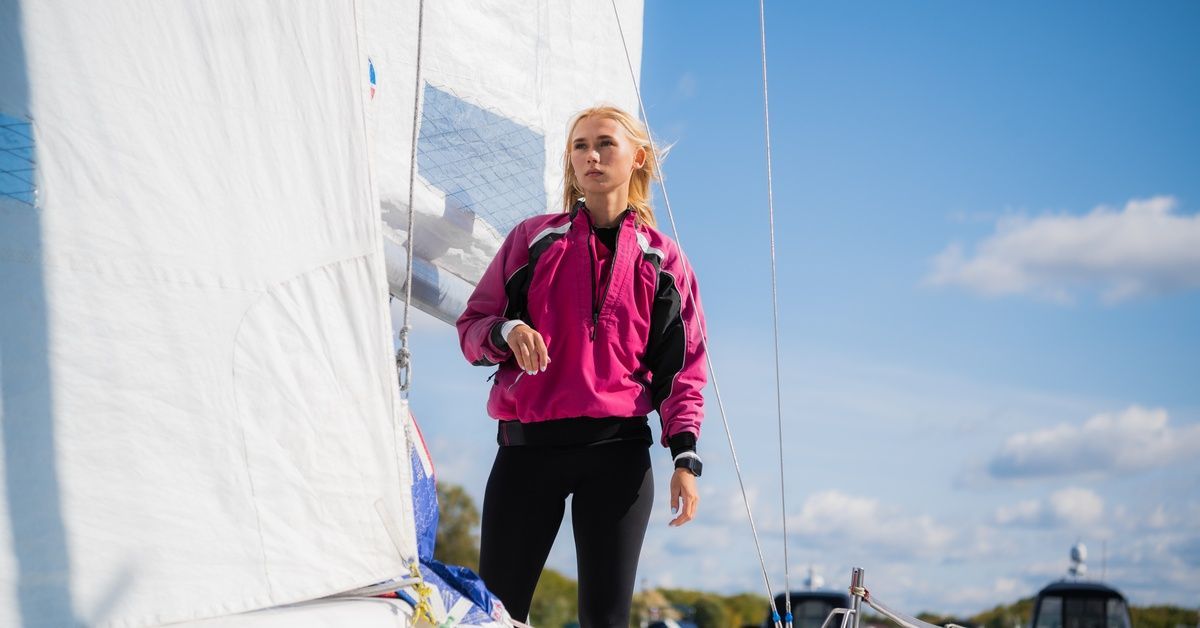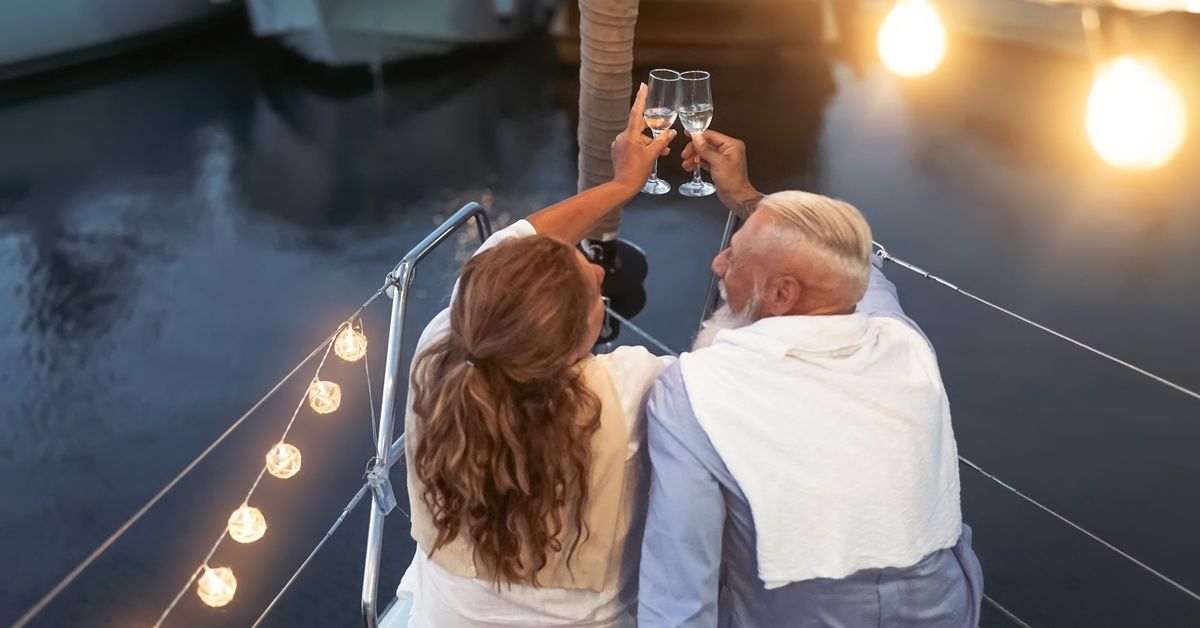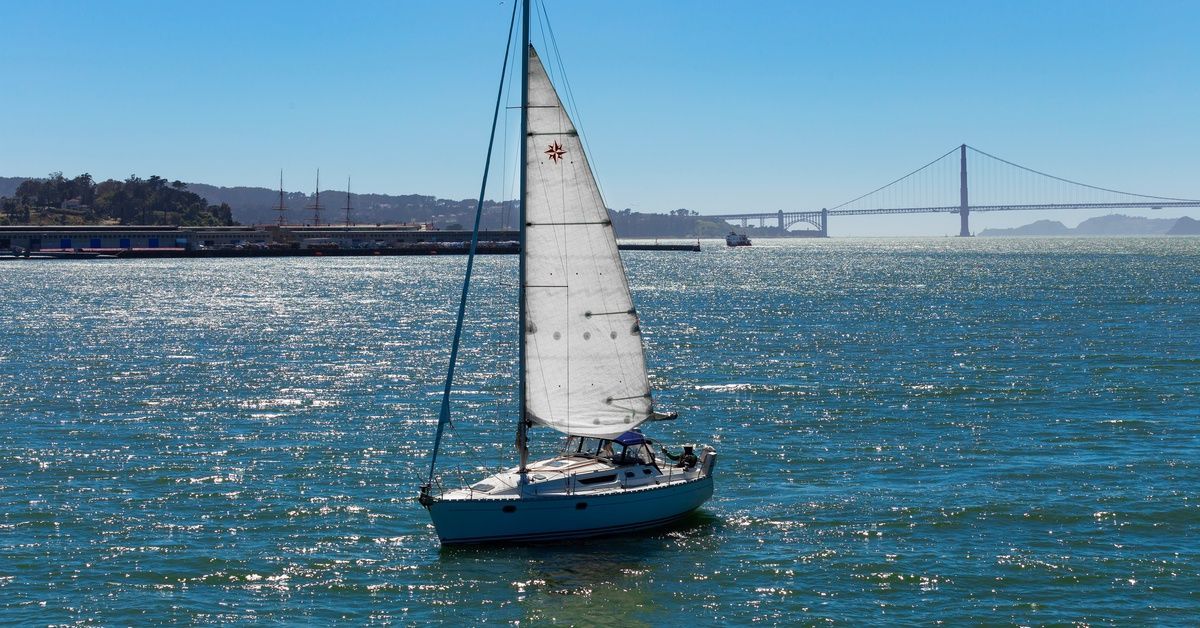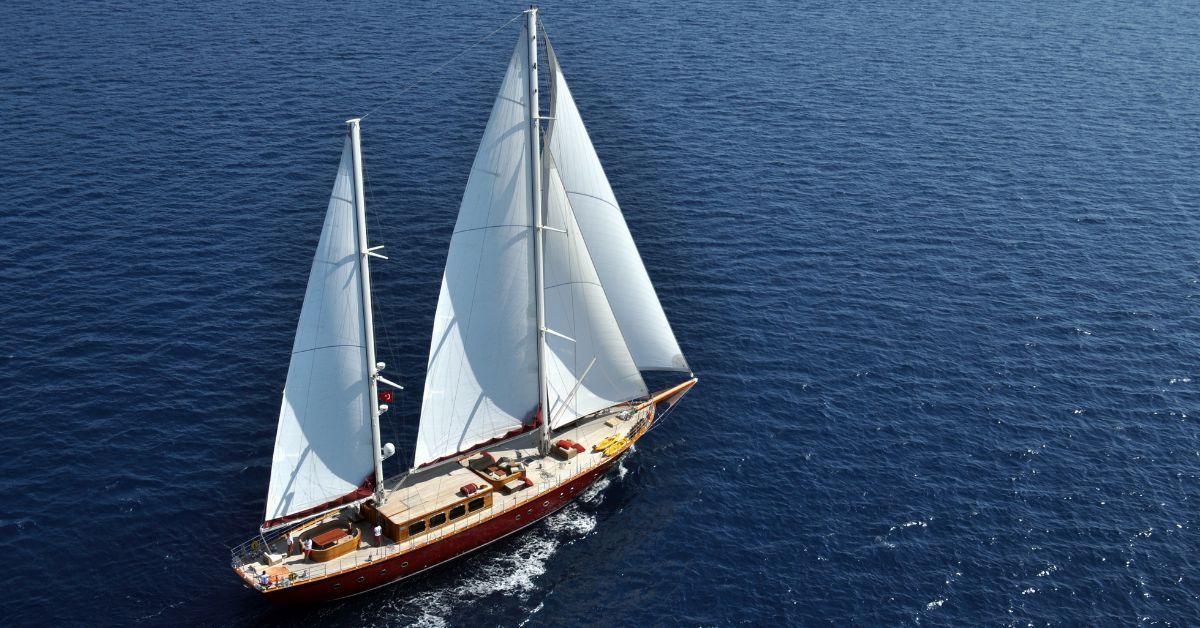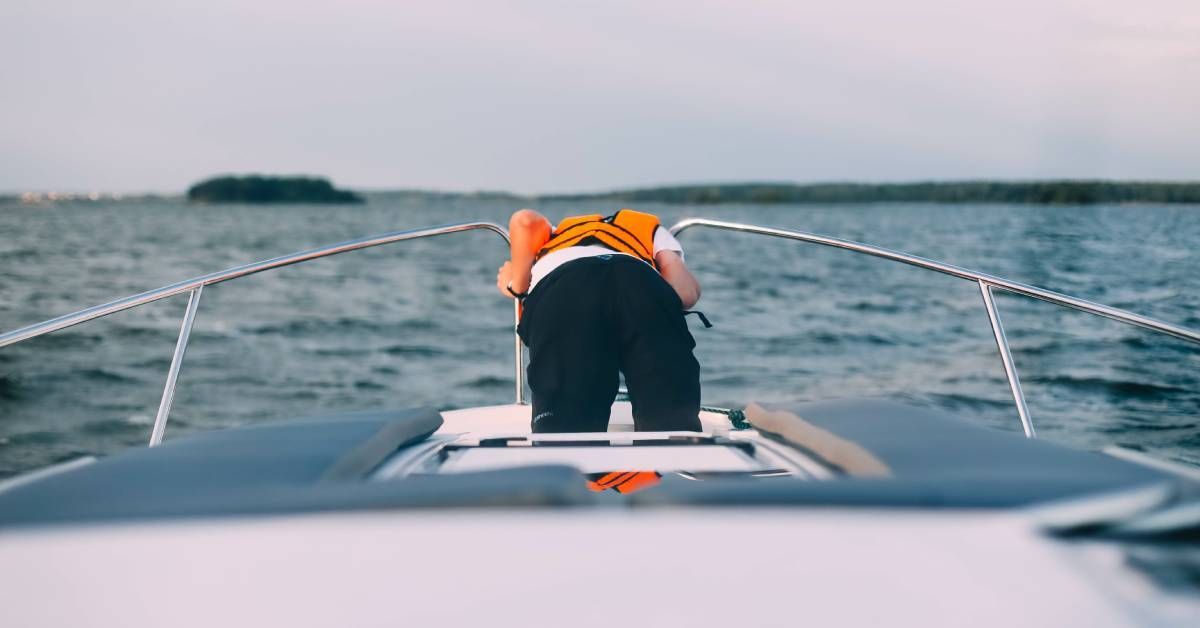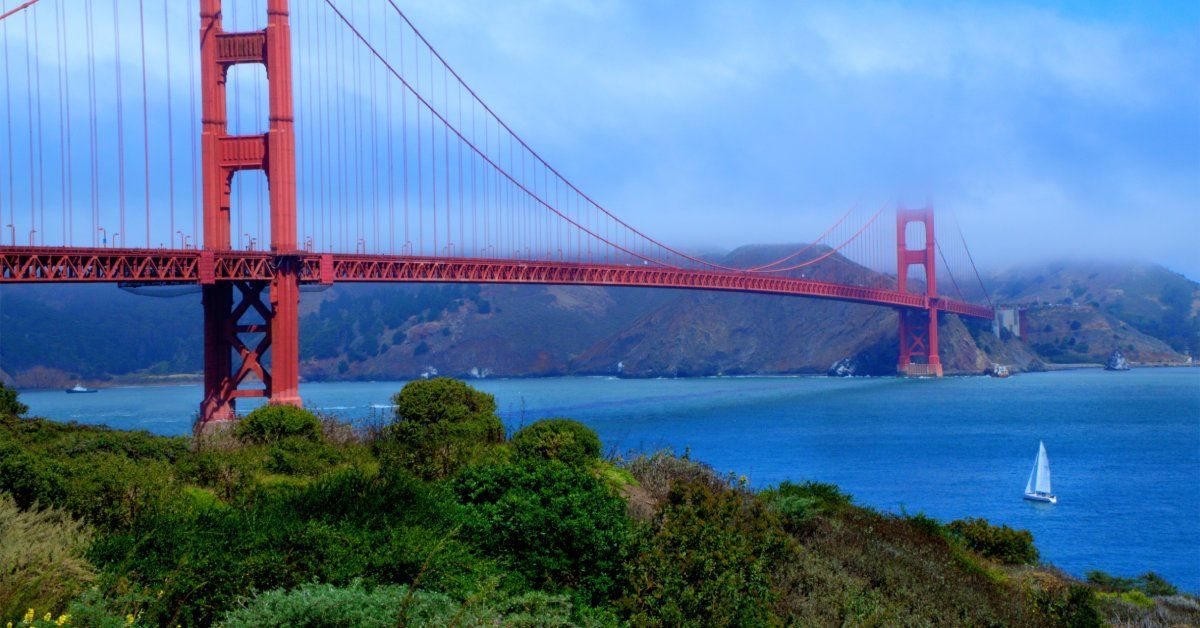Looking for the perfect gift? We offer gift certificates! Contact us today to purchase a gift certificate, and make someone's day extra special!
The History of Sailing in the San Francisco Bay
The San Francisco Bay is one of the most iconic sailing locations in the world, with dependable wind patterns and a rich maritime history. Today, sailors of every stripe sail these waters. However, one must look to the past to fully appreciate the Bay. The history of sailing in the San Francisco Bay is a captivating story of innovation, resilience, and adventure.
The Indigenous Maritime Legacy
Long before European ships appeared on the horizon, the Bay Area was home to Indigenous peoples with a deep and enduring relationship with the water. For example, the Ohlone people built tule reed boats and navigated inland waterways for fishing and trade. While these early watercraft were not sail-powered, they laid the foundation for a region defined by its connection to the sea.
Early European Exploration and the Age of Sailing
Sailing in the San Francisco Bay began in earnest with European exploration in the late 18th century. In 1775, Spanish explorer Juan Manuel de Ayala became the first European to sail into the Bay aboard the packet boat San Carlos. Anchoring near present-day Angel Island, Ayala’s voyage opened the door to centuries of maritime activity.
The Spanish established missions and presidios throughout California, relying on sailing vessels to connect with supply lines in Mexico and beyond. By the early 1800s, merchant ships from Europe and Asia began to trickle into the Bay, seeking trade and opportunity.
Gold Rush and the Birth of a Maritime Metropolis
The discovery of gold in 1848 transformed San Francisco from a sleepy outpost into a booming metropolis almost overnight. Hundreds of ships arrived each month, carrying fortune seekers and goods from around the globe. Many of these vessels stayed in the harbor as their crews fled to the goldfields.
The explosion of maritime traffic led to a chaotic yet thriving waterfront culture. Shipyards sprang up along the Embarcadero, building and repairing schooners, brigs, and clippers. Sailing was the backbone of San Francisco’s meteoric rise.
During this time, sailing also became a recreational pastime among the wealthy elite. Yacht clubs began to form, including the prestigious San Francisco Yacht Club, founded in 1869. These organizations promoted racing, camaraderie, and the formalization of maritime etiquette.
A Bay Built for Racing
The San Francisco Bay’s unique geography—characterized by strong prevailing westerlies, swift currents, and foggy microclimates—makes it a natural racecourse. As yacht clubs proliferated, so did regattas and friendly competition.
In the early 20th century, sailing events became fixtures of Bay Area social life. The Corinthian Yacht Club in Tiburon, the St. Francis Yacht Club near Crissy Field, and similar clubs hosted regattas that drew regional and international participants.
The Bay’s reputation grew steadily, cementing its status as a premier sailing destination. 1928 saw the birth of the Golden Gate Yacht Club, the spot that eventually became the launching pad for Larry Ellison’s Oracle Team USA. Ellison’s team won the most prestigious sailing competition in the world, the America’s Cup, in 2010 and 2013.

Wartime Industry and Maritime Shifts
During World War II, sailing on the Bay shifted from leisure to necessity. The Bay Area became a critical hub for shipbuilding, with major yards in Richmond and Sausalito producing Liberty ships and other wartime vessels at breakneck speed. While leisure sailing took a backseat, the war effort underscored the Bay’s strategic maritime importance.
After the war, many service members came home with a passion for the sea. Sailing clubs flourished, boat ownership soared, and new technologies, such as fiberglass hulls, made sailboats more accessible to the general public.
The 1960s to 1980s: A Cultural Sea Change
Sailing was an emblem of countercultural freedom by the 1960s. The Bay Area’s progressive spirit extended to its sailing community, with grassroots racing leagues, co-op marinas, and alternative boating magazines taking root. Environmentalism also gained a foothold, prompting greater awareness of the Bay’s ecological challenges.
In 1983, the San Francisco Bay became a focal point of international attention when Tom Blackaller, a local sailing hero, competed in the Louis Vuitton Cup, a preliminary to the America’s Cup. Blackaller’s charisma and daring on the water helped elevate the sport’s profile, especially among younger enthusiasts.
The America’s Cup Comes to Town
A defining moment in San Francisco Bay sailing history occurred in 2013 when the city hosted the 34th America’s Cup. The race offered spectators shore-side views of 72-foot foiling catamarans hurtling across the water at breakneck speeds.
Oracle Team USA staged a dramatic comeback, overcoming an 8-1 deficit to win 9-8 against Emirates Team New Zealand. The event showcased cutting-edge sailing technology and reignited local interest in the sport.
The Modern Day Sailing Scene
Today, San Francisco Bay remains one of the most dynamic sailing venues in the world. Olympic hopefuls, weekend cruisers, school groups, and tourists share its waters peacefully. Local sailors benefit from consistent wind patterns and a temperate climate, making year-round sailing a reality.
The Bay offers unmatched vistas and exhilarating conditions, whether you’re navigating the slot between Alcatraz and Angel Island or cruising beneath the Golden Gate Bridge.
Why Sail the Bay?
Sailing in San Francisco offers thrills, beauty, and connection. Here’s what makes the experience unforgettable:
- The Bay’s natural wind tunnel effect creates predictable conditions that are ideal for training and leisure.
- The views are world-class, from the Golden Gate Bridge to the city’s skyline.
- Dolphins, sea lions, and various seabirds call the Bay home.
- Community events are common.
- It’s one of the best places to learn how to sail.
A Living Legacy, Guided by Captain John
The history of sailing in the San Francisco Bay flows from the tule boats of the Ohlone to the high-tech hydrofoils of the America’s Cup. However, despite the technological leaps, the essence of sailing here remains unchanged: the wind, the water, and the thrill of the journey.
Sailing San Francisco invites you to be part of this enduring legacy. With Captain John’s extensive local sailing experience and intimate knowledge of nearby hidden gems, you’re guaranteed a personalized and memorable voyage.
Plan a sailboat charter with Sailing San Francisco today and discover why experiencing the Bay’s history is best by sail.
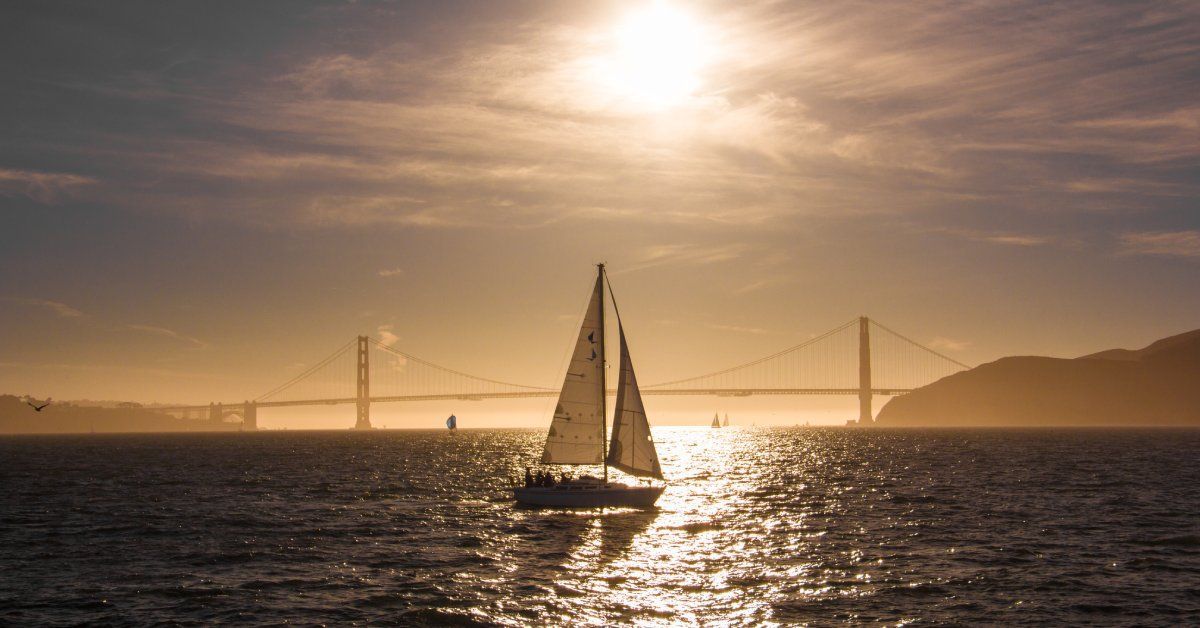
Why Sail the Bay?
Sailing in San Francisco offers thrills, beauty, and connection. Here’s what makes the experience unforgettable:
- The Bay’s natural wind tunnel effect creates predictable conditions that are ideal for training and leisure.
- The views are world-class, from the Golden Gate Bridge to the city’s skyline.
- Dolphins, sea lions, and various seabirds call the Bay home.
- Community events are common.
- It’s one of the best places to learn how to sail.
A Living Legacy, Guided by Captain John
The history of sailing in the San Francisco Bay flows from the tule boats of the Ohlone to the high-tech hydrofoils of the America’s Cup. However, despite the technological leaps, the essence of sailing here remains unchanged: the wind, the water, and the thrill of the journey.
Sailing San Francisco invites you to be part of this enduring legacy. With Captain John’s extensive local sailing experience and intimate knowledge of nearby hidden gems, you’re guaranteed a personalized and memorable voyage.
Plan a sailboat charter with Sailing San Francisco today and discover why experiencing the Bay’s history is best by sail.
